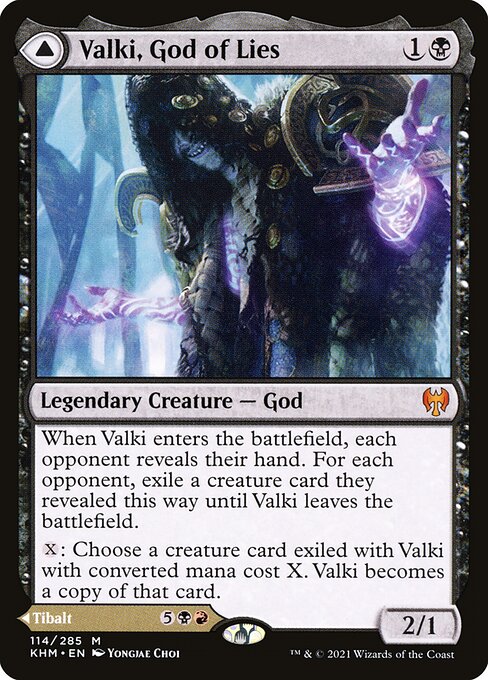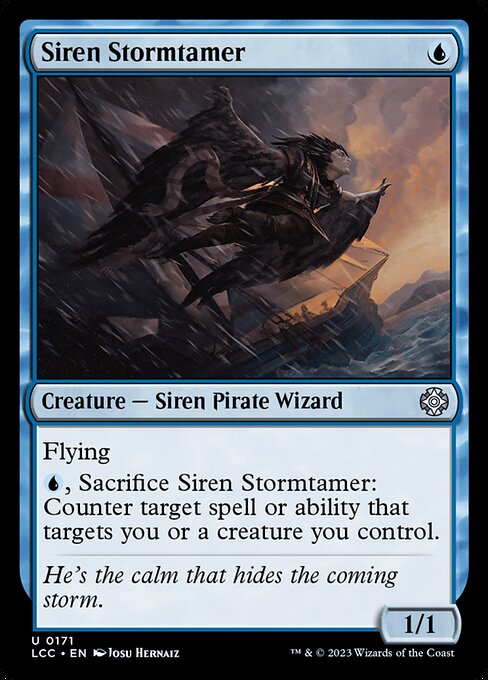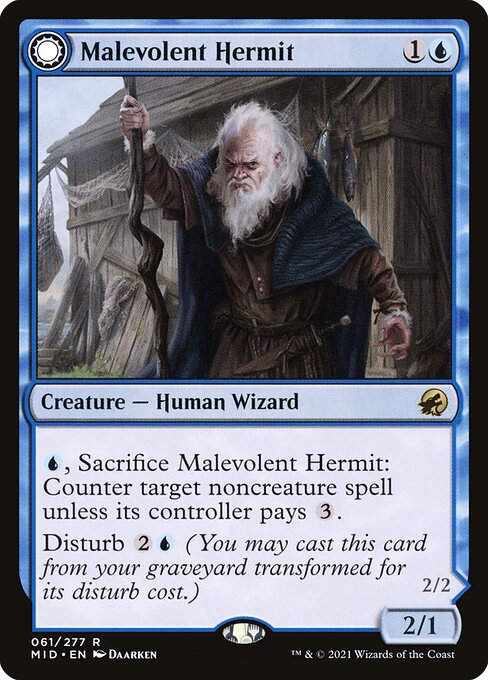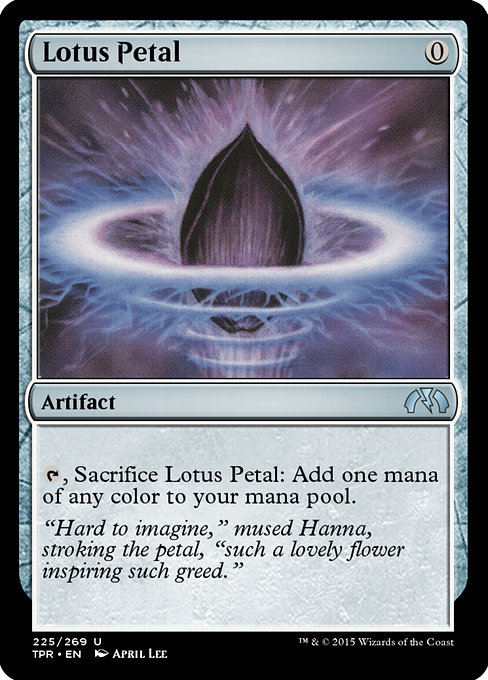Deck & Commander Strategies

Grazilaxx, Illithid Scholar
An aggressive deck leveraging flying creatures and card draw to pressure opponents early and maintain tempo, using abilities to control the board and gain incremental advantage.

Jeleva, Nephalia's Scourge
A cascade-focused deck that uses disruptive spells and exile effects including Valki, God of Lies to disrupt opponents' hands and graveyards, while generating value from cascade triggers.

Grolnok, the Omnivore
A ramp and midrange deck that focuses on casting creatures to trigger Grolnok's abilities, generating board presence and card advantage through sacrifice and recursion synergies.

Aminatou, the Fateshifter
A flicker and control deck that uses Aminatou's ability to manipulate the board state, flicker permanents for value, and leverage Mind Flare and other card draw engines to out-resource opponents.
Gameplay Insights
- 1
Jeleva's use of Valki to exile creatures from opponents' hands and graveyards created significant disruption and limited their options early on.
- 2
Aminatou leveraged flicker effects and Mind Flare to generate card draw and control the board state, enabling tempo swings.
- 3
Grolnok's ramp and combat triggers combined to pressure opponents steadily and maintain board presence, forcing difficult defensive decisions.
- 4
Grazilaxx kept up pressure with flying attacks and card draw engines, balancing aggression with timely defense using protection spells.
- 5
Players carefully timed their counterspells and discard effects to maximize disruption while advancing their own gameplans.
- 6
The interaction between cascade triggers and tutors added layers of complexity and resource management, with players prioritizing when to deploy key spells.
Notable Cards
-

Valki, God of Lies // Tibalt, Cosmic Impostor
-

Siren Stormtamer
-

Riptide Laboratory
-

Mystical Tutor
-

Malevolent Hermit // Benevolent Geist
-

Curse of Opulence
-

Lotus Petal
-

Dark Ritual
Gameplay Summary
The game featured four competitive decks piloted by Grazilaxx, Jeleva, Grolnok, and Aminatou commanders, each employing distinct strategies.
Early turns involved careful mana development and setup plays like Siren Stormtamer and Riptide Laboratory to enable card advantage and protection.
Jeleva utilized a high-impact discard and exile strategy with cards like Valki, God of Lies, disrupting opponents' hands while leveraging cascade effects.
Grolnok focused on ramping and board presence with creatures like Grolnok, the Omnivore and synergistic spells.
Grazilaxx aggressively pressured opponents with flying creatures and card draw engines, while Aminatou aimed to manipulate the board state and flicker effects for advantage.
Key turning points included Jeleva's targeted disruption of opponents' hands and graveyards, significantly impacting board control.
Grolnok's mid-game ramp and combat triggers applied pressure, while Grazilaxx's consistent attacks and card draw kept opponents on the back foot.
Aminatou's flicker and recursion strategies created value and tempo swings, particularly when combined with Mind Flare and other card draw effects.
The interactions between these strategies created a dynamic and tense gameplay environment, with players balancing aggression, disruption, and resource management.
The game seemed to hinge on managing these interactions, with win conditions revolving around either knocking down opponents with flying aggression and burn or out-valuing them through recursion and cascade synergies.




























![Commander VS S14E6: Depala vs Zur vs Tasigur vs Jeleva [EDH] thumbnail](https://i.ytimg.com/vi/5ukCL9oaRww/sddefault.jpg)
![Commander VS S4E7: Ruric Thar vs Mogis vs Norin vs Jeleva [MTG: Multiplayer] thumbnail](https://i.ytimg.com/vi/7F4SvJRIyDs/sddefault.jpg)







![Grazilaxx vs Acererak vs Bruenor vs Delina [EDH/Commander, Magic The Gathering Gameplay] 2021 thumbnail](https://i.ytimg.com/vi/29NIlKjLqO8/sddefault.jpg)
![Blue in a Blue World, ft. Sefris, Averna, Grazilaxx, and Jan Jansen [EDH/Commander Gameplay 2023] thumbnail](https://i.ytimg.com/vi/RLy6a-8MJiA/sddefault.jpg)
![Grazilaxx Tempo vs. Minsc Aggro [Duel Commander-EDH] - Magic: The Gathering thumbnail](https://i.ytimg.com/vi/dDYgeAUyAbM/sddefault.jpg)





